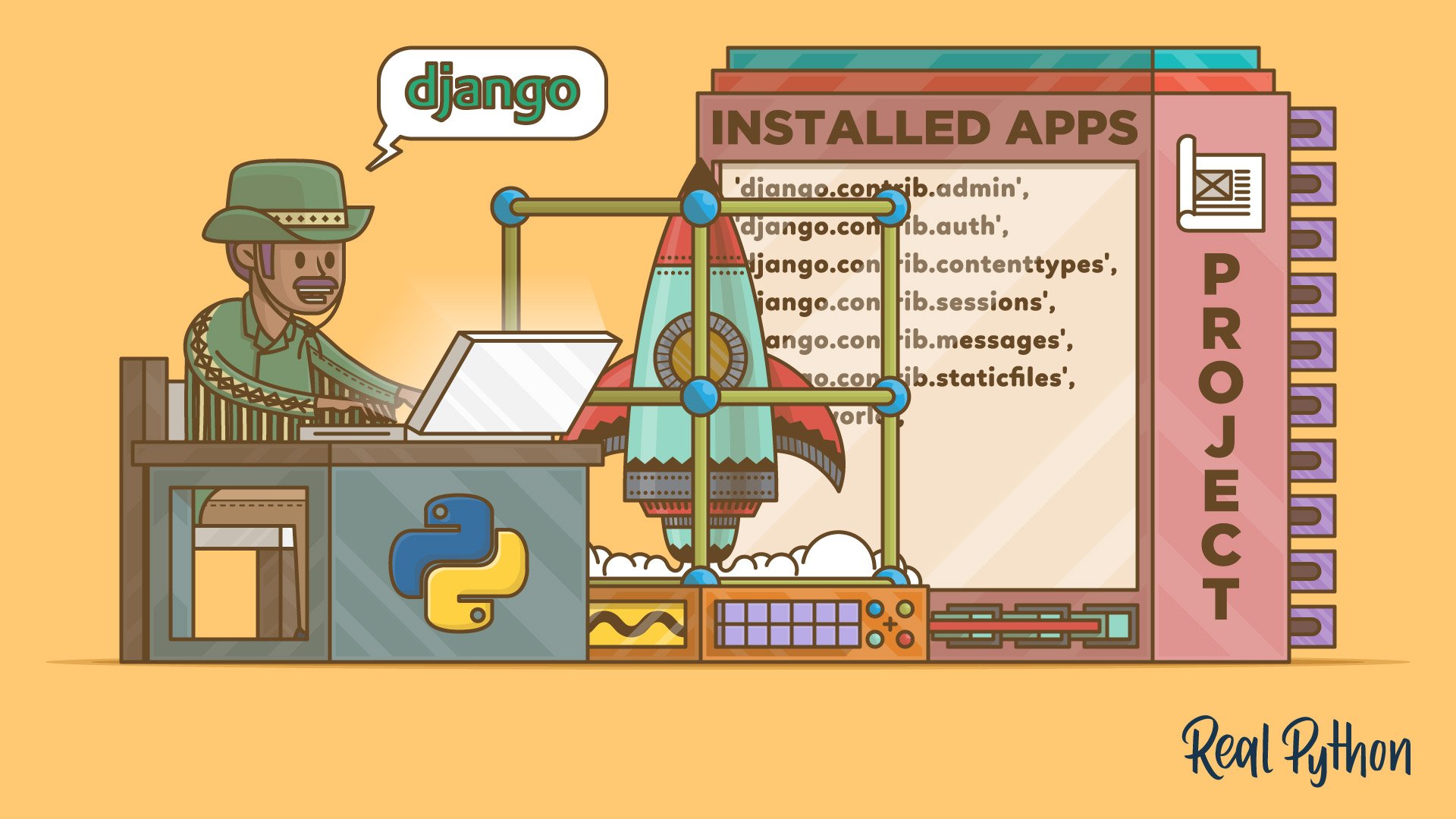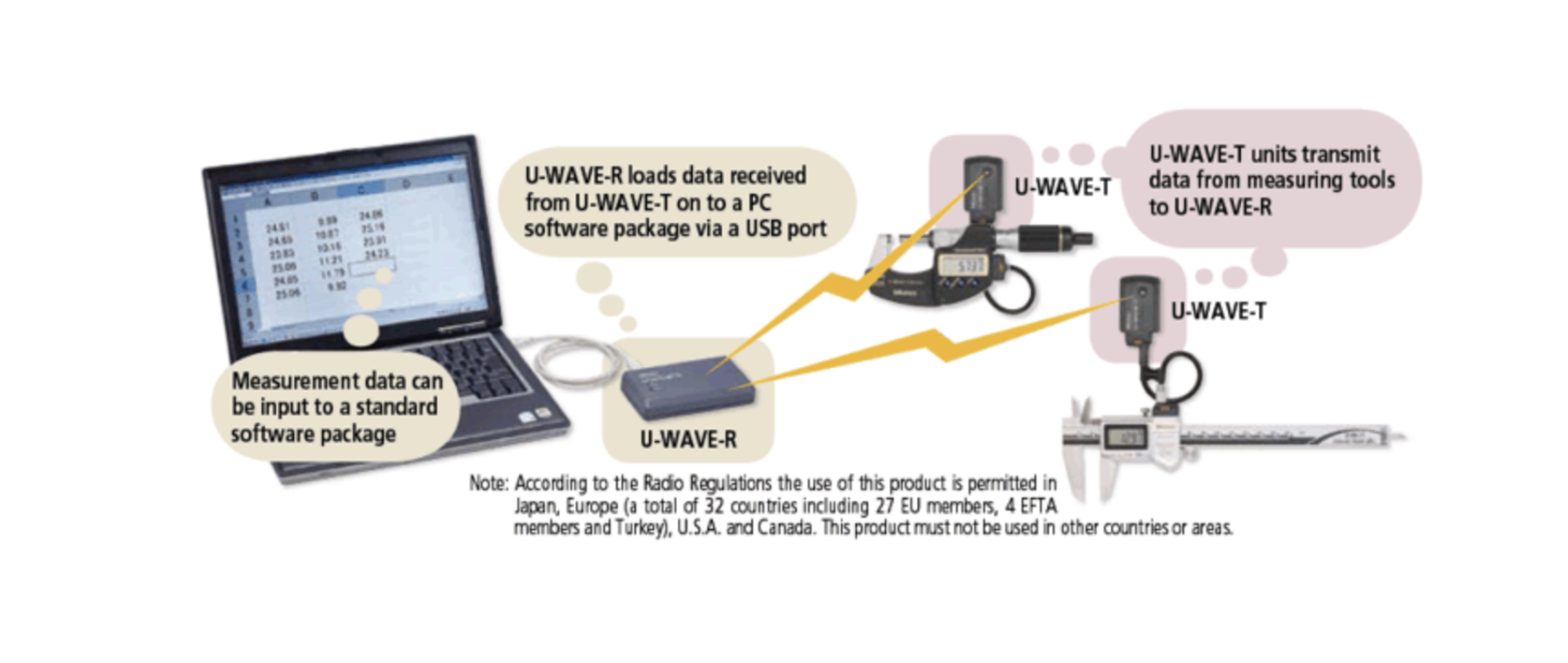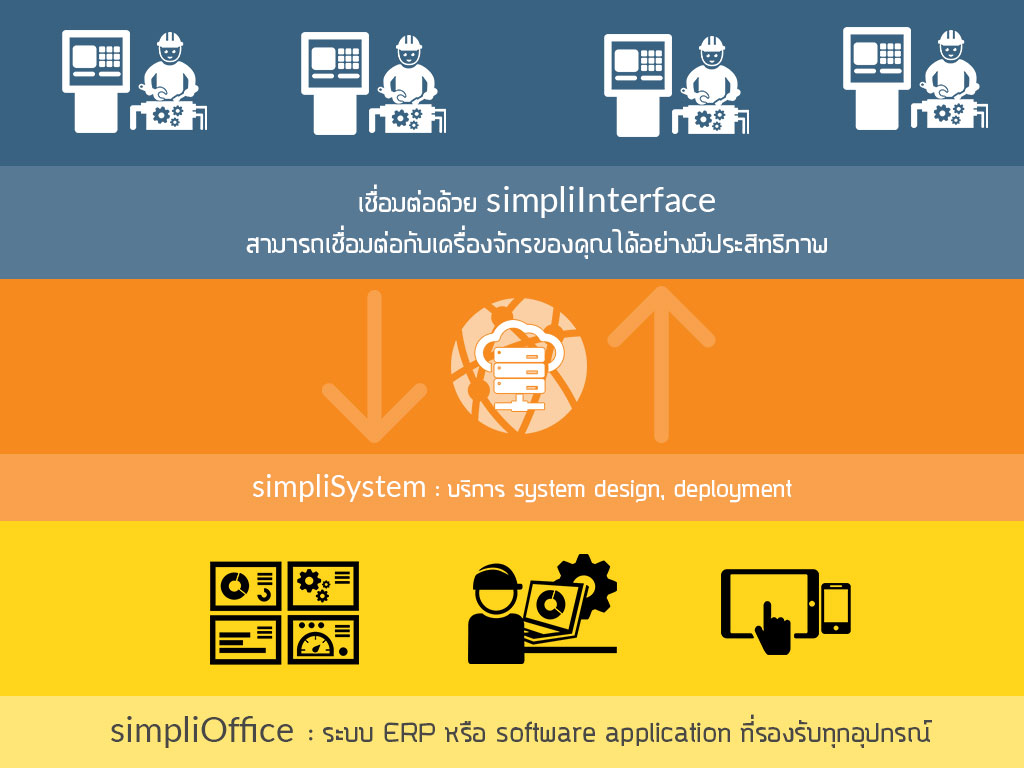Building a Scalable EV Charging Backend — For Operators, Developers, and Innovators
As electric mobility expands, so does the need for smart, reliable, and auditable charging infrastructure. At Simplico, we’ve designed an EV charging backend that serves both business goals and engineering needs — one that supports real-time OCPP communication, robust user management, session tracking, and future growth.
This article walks through how our backend architecture is structured — and why it matters to both business stakeholders and developers.
🧩 What the Backend Tracks (And Why It Matters)
At the core of our platform are five interconnected models:
| Entity | Description | Business Relevance |
|---|---|---|
| User | Drivers, admins, station owners | Role-based access, ownership |
| Vehicle | Registered EVs with license plates | Loyalty, usage history |
| Station (Charge Point) | Physical charger device (cp_id) | Site and asset management |
| Connector | Individual charging socket (connector_id) | Power delivery + session matching |
| Session | Every charging transaction | Billing, reporting, energy analytics |
Each model is connected using carefully designed relationships. For example:
- A User owns Vehicles and Stations
- A Station has multiple Connectors
- A Session is created when a Vehicle starts charging on a Connector
- All actions are recorded with audit fields:
created_by,updated_by,created_at,updated_at
🧠 Technical Design Highlights
We use a normalized, flexible schema that prioritizes reliability and growth.
🔑 Connector Uniqueness
Each connector is uniquely identified by the combination of:
("cp_id", "connector_id") # e.g. "STATION001", 1This ensures:
- No duplicates across your fleet
- Precise status updates and fault logging
- Session tracking without ambiguity
🕵️♂️ Audit Fields
Every record includes:
created_at,updated_at: Timestamps for lifecycle visibilitycreated_by,updated_by: Tied to the authenticatedUser(stored asObjectIdin Mongo)
This gives your business:
- Full change logs
- Accountability across users and teams
- Traceable history for compliance
🔄 Session Tracking
Each Session links to:
user_id: Who initiated itvehicle_id: What EV was usedcp_id + connector_id: Where it happenedstart_time,end_time,energy_kwh: What was consumed
🧱 How Models Connect
Here's a high-level view of model relationships:
graph TD
User -->|owns| Vehicle
User -->|manages| Station
Station -->|has| Connector
Session -->|uses| Connector
Session -->|started_by| User
Session -->|includes| Vehicle
Session -->|generates| PaymentThis design enables secure filtering:
- A driver only sees their sessions
- An operator sees only their stations and data
- Admins see everything — with full context
💼 Business Benefits
Here’s how this architecture helps real-world operations:
✅ Clean Ownership
You always know who owns what — critical for multi-tenant platforms.
🧾 Accurate Billing & Auditing
Session data is precise, and always linked to verified users and vehicles.
📊 Reliable Insights
Track:
- Utilization rates
- Energy trends
- Station availability
- Fault reports
📦 Ready for Expansion
- Add payments? Just relate to
Session - Add loyalty programs? Just extend
UserorVehicle - Add partners? Group stations under
Companymodel
🛠️ Built on Proven Tech
- FastAPI: modern, high-performance web framework
- MongoDB: scalable NoSQL for flexible EV data
- Motor (Async Mongo Driver): for speed and concurrency
- FastAPI Pagination: built-in filtering and listing support
- OCPP 1.6 support: full integration with open charging standards
🌱 Designed for Whom?
This backend is built to support:
- ⚙️ Charge Point Operators (CPOs)
→ Manage large networks of chargers, users, and usage data - 🧠 SaaS Platforms
→ White-label and integrate this backend into your own services - 🚗 EV App Startups
→ Quickly launch user apps with full charging + vehicle logic - 🏢 Real Estate / Retail
→ Provide EV charging at locations you manage, with data insights
🔚 Summary
Whether you're a developer building APIs or a business leader planning your charging strategy, this backend gives you:
- Clean data structures
- Real-time visibility
- Scalable APIs
- Audit-ready operations
Interested in partnering, licensing, or deploying this backend for your EV project?
👉 Visit https://simplico.net or contact us.
Get in Touch with us
Related Posts
- 经典编程思维 —— 向 Kernighan & Pike 学习
- Classic Programming Thinking: What We Still Learn from Kernighan & Pike
- 在开始写代码之前:我们一定会先问客户的 5 个问题
- Before Writing Code: The 5 Questions We Always Ask Our Clients
- 为什么“能赚钱的系统”未必拥有真正的价值
- Why Profitable Systems Can Still Have No Real Value
- 她的世界
- Her World
- Temporal × 本地大模型 × Robot Framework 面向中国企业的可靠业务自动化架构实践
- Building Reliable Office Automation with Temporal, Local LLMs, and Robot Framework
- RPA + AI: 为什么没有“智能”的自动化一定失败, 而没有“治理”的智能同样不可落地
- RPA + AI: Why Automation Fails Without Intelligence — and Intelligence Fails Without Control
- Simulating Border Conflict and Proxy War
- 先解决“检索与访问”问题 重塑高校图书馆战略价值的最快路径
- Fix Discovery & Access First: The Fastest Way to Restore the University Library’s Strategic Value
- 我们正在开发一个连接工厂与再生资源企业的废料交易平台
- We’re Building a Better Way for Factories and Recyclers to Trade Scrap
- 如何使用 Python 开发 MES(制造执行系统) —— 面向中国制造企业的实用指南
- How to Develop a Manufacturing Execution System (MES) with Python
- MES、ERP 与 SCADA 的区别与边界 —— 制造业系统角色与连接关系详解














